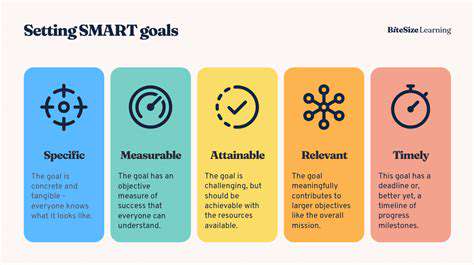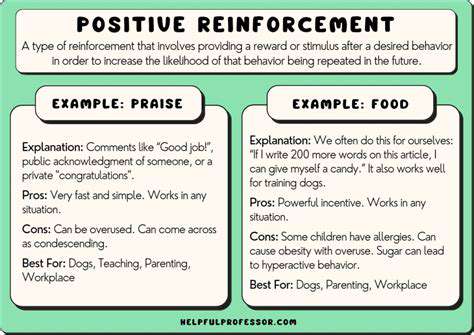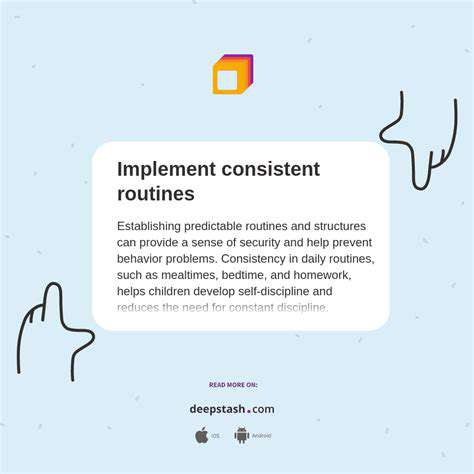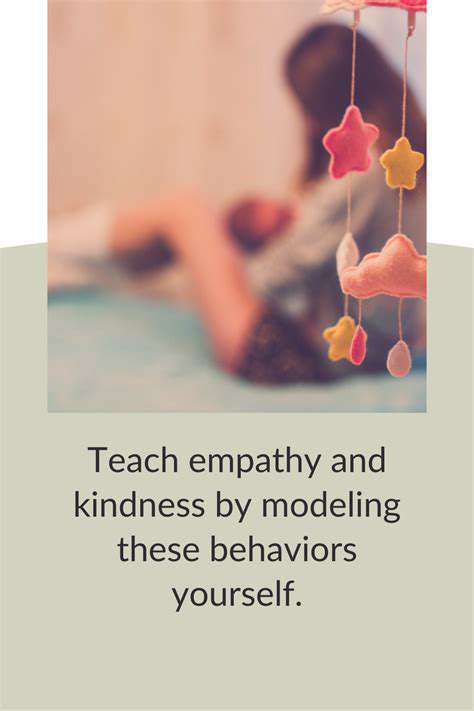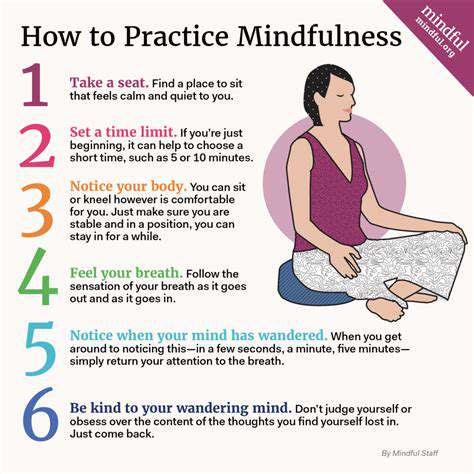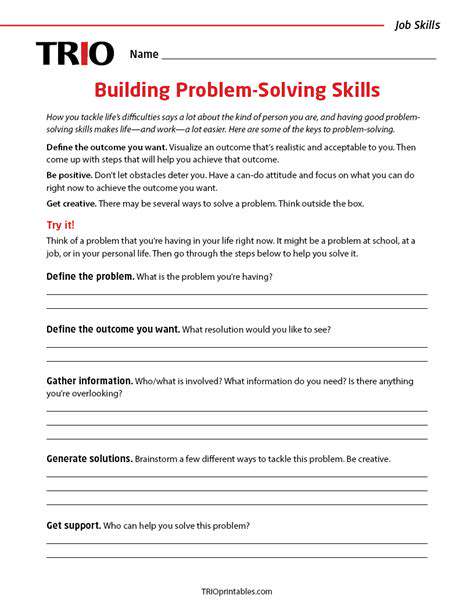Sleep Training Your Toddler: Gentle Methods for Better Sleep
Implementing Gentle Sleep Training Strategies

Gradual Changes for a Smooth Transition
Implementing gentle sleep training involves gradual changes to your child's bedtime routine and sleep environment to encourage self-soothing and independent sleep. This approach prioritizes the child's emotional well-being and minimizes stress for both parent and child. It's crucial to remember that every child is unique and responds differently to various methods. Flexibility is key. The core principle is to create a consistent routine that gradually introduces the child to independent sleep habits. Adapting to your child's needs and cues is essential during this process.
Consistency in routine is paramount for success. A predictable bedtime routine signals to the child that it's time to wind down and prepare for sleep. This can include a warm bath, reading a book, or a quiet playtime activity. By consistently following this routine, you help regulate your child's internal clock and establish a strong association between the routine and sleep.
Addressing Common Challenges and Potential Solutions
Sleep training can present various challenges, and it's important to anticipate and address them proactively. One common issue is the child's resistance to falling asleep independently. This can be overcome by gradually reducing the amount of physical interaction you provide during the bedtime routine. Instead of directly putting your child to sleep, offer reassurance and comfort, like a soft touch or a lullaby, and gradually reduce this interaction over time.
Another potential challenge is night wakings. Responding to these wakings promptly, without picking up the child, can help them learn to self-soothe. This approach, while sometimes challenging, is crucial in establishing a positive sleep pattern. Providing a safe, comforting environment, such as a familiar blanket or a nightlight, can also help.
It's also important to stay patient and understanding throughout the process. Sleep training takes time and effort, and there will likely be setbacks. Be prepared to adjust your strategy as needed and celebrate small victories along the way. Seeking support from a pediatrician or a sleep consultant can prove invaluable if you encounter significant challenges.
Monitoring your child's cues and adapting your approach to their needs is essential. Look for signs of tiredness and adjust the bedtime routine accordingly. Understanding your child's individual sleep patterns and preferences will help you tailor the sleep training method for optimal results.
Remember that every child is different, and what works for one might not work for another. Be prepared to adjust your strategy as needed and celebrate small victories along the way.
Don't hesitate to seek professional guidance if you need extra support. A pediatrician or sleep consultant can offer valuable insights and personalized strategies tailored to your child's needs.
Creating a Calming Bedtime Routine
Establishing a Consistent Schedule
A consistent bedtime routine is crucial for regulating your toddler's internal clock. Establishing a predictable schedule, even on weekends, helps their body anticipate sleep and reduces the likelihood of bedtime battles. This consistency signals to their nervous system that it's time to wind down and prepare for sleep, making the transition smoother and more effective. Aim for a routine that includes a specific time for bath, story time, and quiet activities, all leading up to sleep.
Creating a Relaxing Atmosphere
The environment plays a significant role in promoting sleep. Dim the lights, use calming music or white noise, and ensure the room is cool and dark. A peaceful and quiet space signals to your toddler that it's time to rest. Avoid using bright lights or stimulating activities immediately before bedtime, as these can interfere with the natural sleep-wake cycle.
Mindful Transition Activities
Transition activities, such as a warm bath, gentle massage, or quiet playtime, help signal to your toddler that it's time to wind down. These activities can involve simple tasks like brushing teeth, putting on pajamas, or cuddling with a favorite blanket or stuffed animal. These quiet, comforting moments can be crucial in preparing your child for sleep.
Story Time and Quiet Play
Engaging in quiet activities like reading a book or listening to calming music creates a sense of relaxation and prepares your toddler for sleep. Choose age-appropriate books with gentle stories and soothing illustrations. Avoid overly stimulating stories or activities that might excite them and make it difficult to fall asleep.
Avoiding Screen Time Before Bed
The blue light emitted from electronic devices can interfere with melatonin production, making it harder for your toddler to fall asleep. Limit screen time for at least an hour before bedtime to allow their bodies to naturally prepare for sleep. This also helps to create a more relaxed and peaceful atmosphere, reducing the chances of bedtime struggles.
Responding to Nighttime Waking
Toddlers often wake up during the night. Responding to these nighttime wakings can either reinforce the behavior or help your child learn to self-soothe. Consider a gentle approach, such as offering a comforting presence without engaging in activities that could be interpreted as play. Avoid picking up your child unless they are clearly distressed or in need of something specific, like a drink of water. This will help them learn to fall back asleep on their own.

